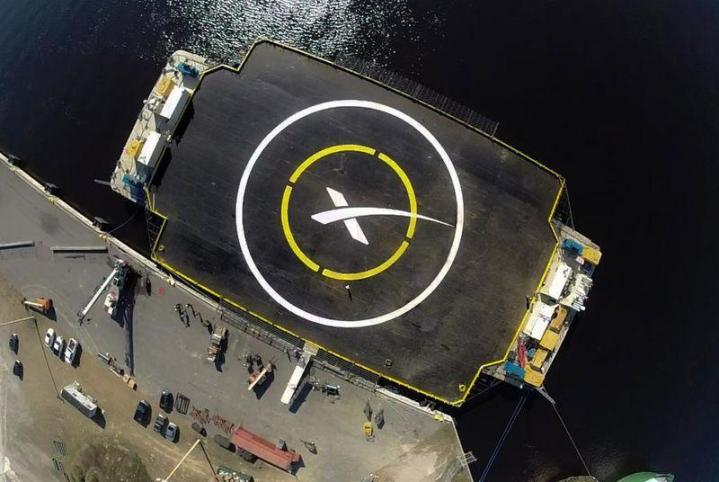
The collision initially was described by Musk as possibly the “hardest impact to date.” Musk confirmed that the damage to the Falcon 9 rocket was extensive, but the impact was not as severe as originally thought. According to Musk, the impact was “hard enough to destroy the primary airframe and accordion the engines.” Video of the unfortunate crash landing also was released by Musk.
According to SpaceX’s analysis of the collision, the impact was caused by liquid oxygen depletion that shut down the engines suddenly while the rocket was just above the deck. Without thrust to slow its descent, the rocket came crashing into the drone ship’s decking. This type of an accident is not surprising, said Musk, who confirmed the company expects to achieve a 70 percent success rate on landings during what he describes is a “year of experimentation.”
The ultimate goal of this project is to build a reusable rocket engine that can deploy its cargo and return safely to Earth. Once home, the rocket can be prepped for another launch in a short amount of time. If successful, the reusable rockets could save the company $60 million per launch, a hefty sum that is a strong motivator to keep improving the technology.
In addition to the Falcon 9 program, Musk also is partnering with NASA on an experimental program to gather data for future Mars landings. SpaceX also has been very public with its plans to develop the Mars Colonial Transporter, a spaceflight system of reusable rocket engines aimed at shuttling humans to and from Mars.
Editors' Recommendations
- Watch SpaceX fire Starship’s Raptor engines ahead of 4th test flight
- You probably can’t hit max clock speeds on AMD’s Ryzen 9 7950X
- Intel drops support for DirectX 9, but it may be a good thing
- Watch SpaceX’s Crew Dragon thrusters guide it to space station
- Watch SpaceX’s Crew-4 astronauts arrive at new home in space



